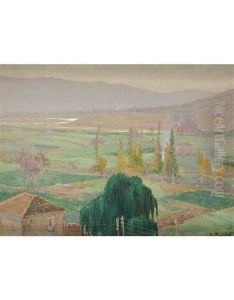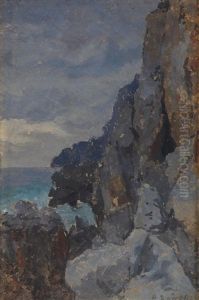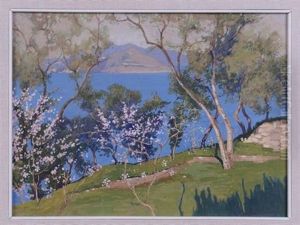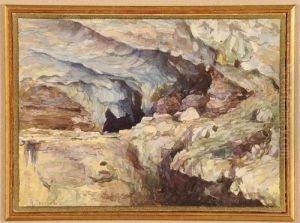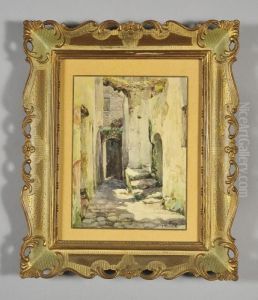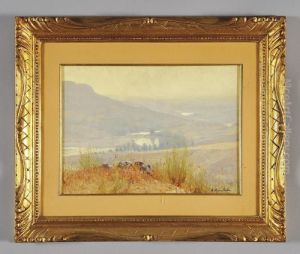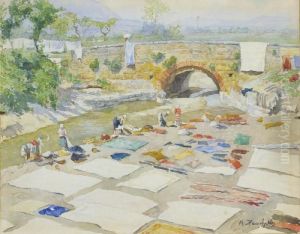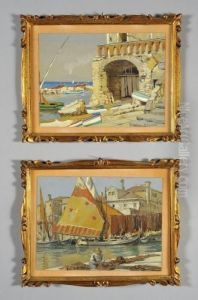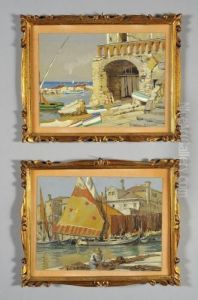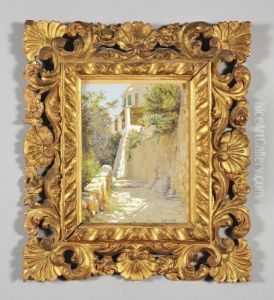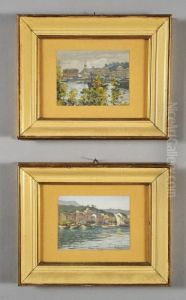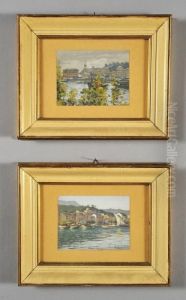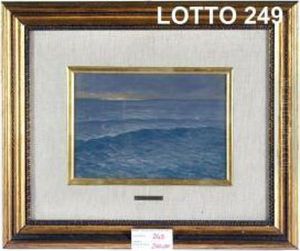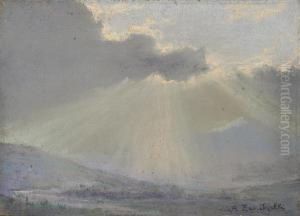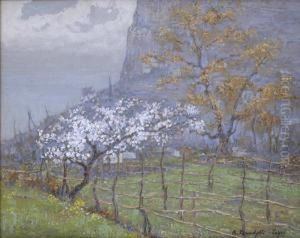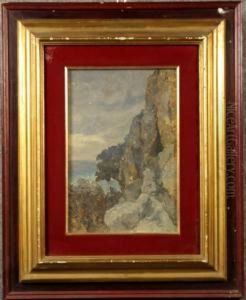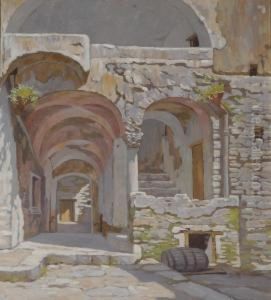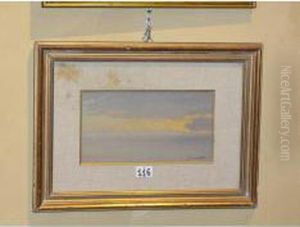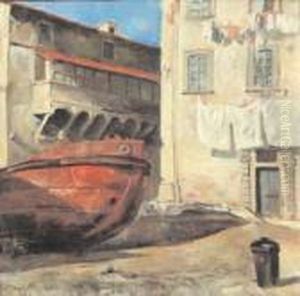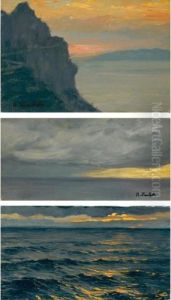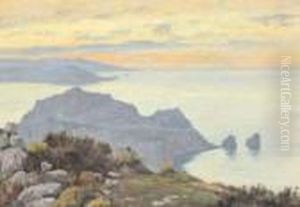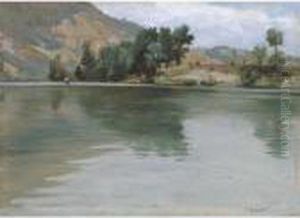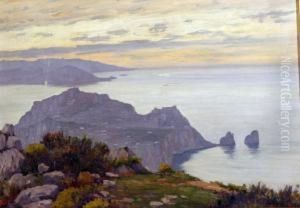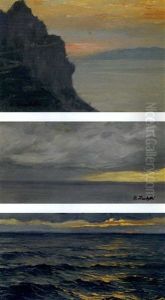Attilio Zanchelli Paintings
Attilio Zanchelli was an Italian painter and sculptor, known for his contributions to the Futurist movement in Italy. Born on May 24, 1887, in Cremona, Italy, Zanchelli began his artistic journey at a young age. He showed a passion for the arts early on and was determined to make a name for himself in the bustling Italian art scene.
Zanchelli attended the Academy of Fine Arts in Brera, Milan, where he was exposed to various artistic movements and styles. His early work was influenced by Symbolism and Art Nouveau, but he was particularly drawn to the Futurist movement, which was gaining momentum in Italy during the early 20th century. The Futurists celebrated modernity, technology, and speed, rejecting traditional forms of art and embracing a dynamic vision of the future.
Throughout his career, Zanchelli experimented with various mediums, including painting, sculpture, and graphic design. His work often featured bold colors, geometric shapes, and a sense of movement, capturing the essence of Futurism. He was not only influenced by the Futurist leaders like Filippo Tommaso Marinetti but also contributed his unique voice to the movement.
During World War I, Zanchelli, like many of his contemporaries, was deeply affected by the experiences of war. These events influenced his artistic output, and he incorporated themes of conflict and transformation into his work. After the war, he continued to explore and evolve his style, participating in various exhibitions and gaining recognition for his artistic contributions.
Zanchelli's later years saw a continued commitment to his art, although the Futurist movement itself had begun to dissipate following the end of World War II. He remained active in the art community and continued to produce work that reflected both his enduring passion for Futurism and his personal artistic evolution.
Attilio Zanchelli passed away on June 26, 1969, leaving behind a legacy as one of the contributors to the Italian Futurist movement. His work is remembered for its innovative approach and its reflection of a pivotal moment in the history of modern art.

